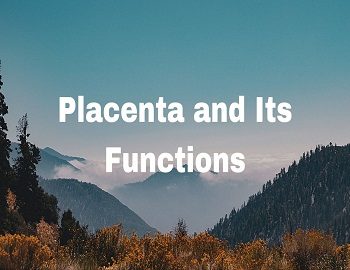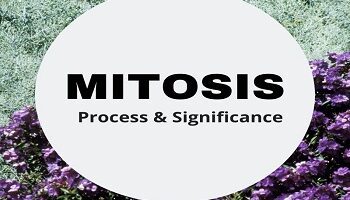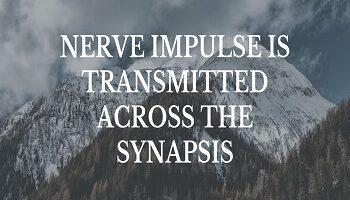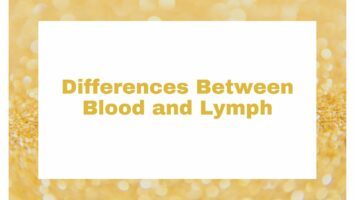What is Placenta?
It is an organic temporary connection between the mother and the foetus in response to the stimulus of pregnancy. Around the sixteenth day after fertilization, the cords of trophoblast cells (chorionic villi) surrounding the blastocyst grow and attach the decidua tissue of the endometrium. The blood capillaries develop into these cords from the embryo. Later, maternal blood sinuses are formed between the endometrium and the cords of trophoblasts. The finger-like projections (placental villi) arise from the trophoblasts which gradually elongate and bathe within the maternal blood sinuses. The placental villi contain many blood capillaries which receive blood from the foetus through the umbilical arteries and then back to the foetus via the umbilical vein. The maternal blood, on the other hand, flows from uterine arteries into the blood sinuses that surround the villi and back to the mother uterus wall by the uterine veins.
In the placenta, the blood of foetus in the capillaries of chorionic villi come close to the blood of the mother but it never comes in direct contact and is always separated by three cell layered thick barrier. Its surface area stands roughly for 16 square meters and it allows diffusion of nutrients from the maternal blood to the foetus blood and harmful fetal waste products eliminate in the opposite direction.
Functions of Placenta:
- It transports amino acids, lipids, glucose, and other nutrients from the mother to the embryo and passes back the wastes in the opposite direction.
- It helps to diffuse oxygen to the foetal blood and carbon-dioxide back in the reverse direction.
- It acts as a barrier and prevents the mixing of foetal and maternal blood. It allows selective substances to pass through it and inhibits the passage of bacteria and viruses.
- It stores the glycogen and fat etc.
- It also synthesizes hormones like oestrogen, progesterone, human chorionic gonadotropin (HCG), human placental lactogen (HPL), relaxin, chorionic thyrotropin, chorionic corticotropin, prolactin, chorionic somatomammotropin. The HCG stimulates the corpus luteum of pregnancy that continues to secrete progesterone until the end of pregnancy. Relaxin facilitates parturition by softening the connective tissue of the symphysis pubica.
- Male Reproductive System
- Female Reproductive System
- Parthenogenesis: Types And Significance
- Essential and Non-essential Parts of the Flowers
- What Are Cytokinins? Discuss the functions of Cytokinins in the plant body?
- What is Organic Evolution? Give evidences for Human Evolution
- Asexual & Sexual Reproduction in Plants from Tamil Board Book


![Water Cycle In Nature [Hydrological Cycle] 3 water cycle in environment](https://gkscientist.com/wp-content/uploads/2020/09/water-cycle-in-environment-350x200.jpg)






Comments (No)